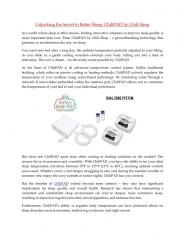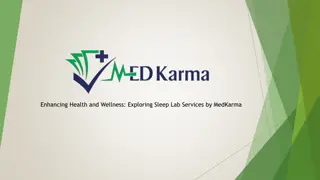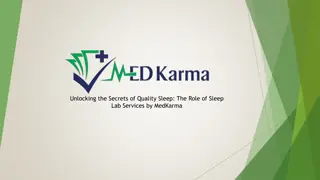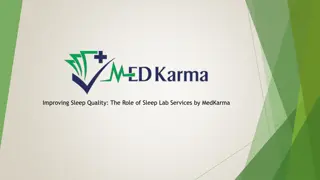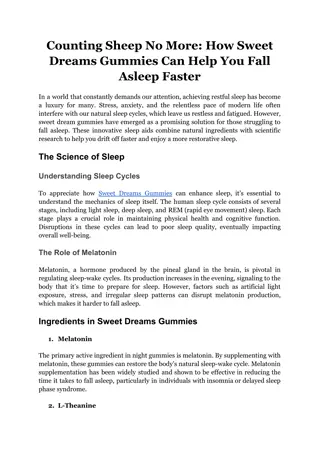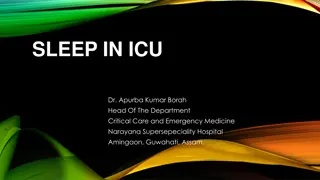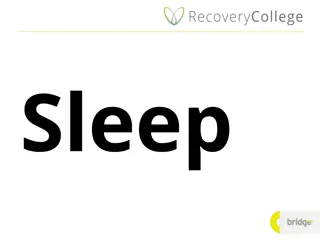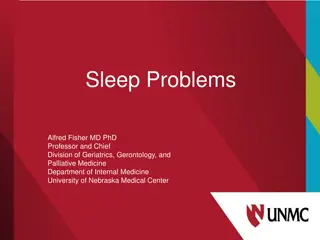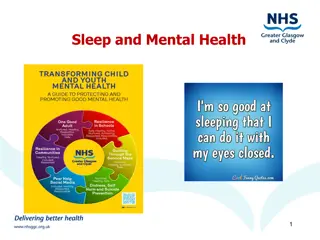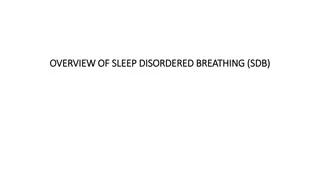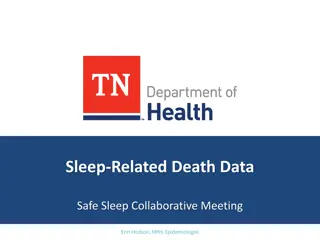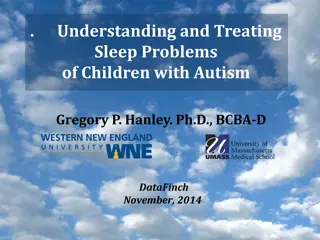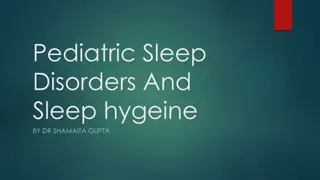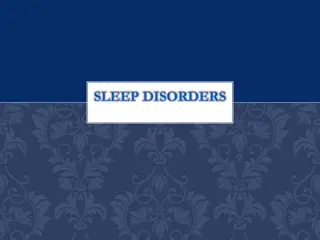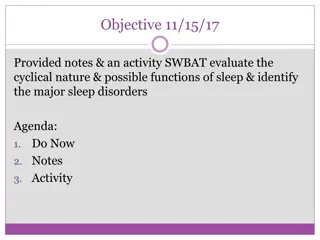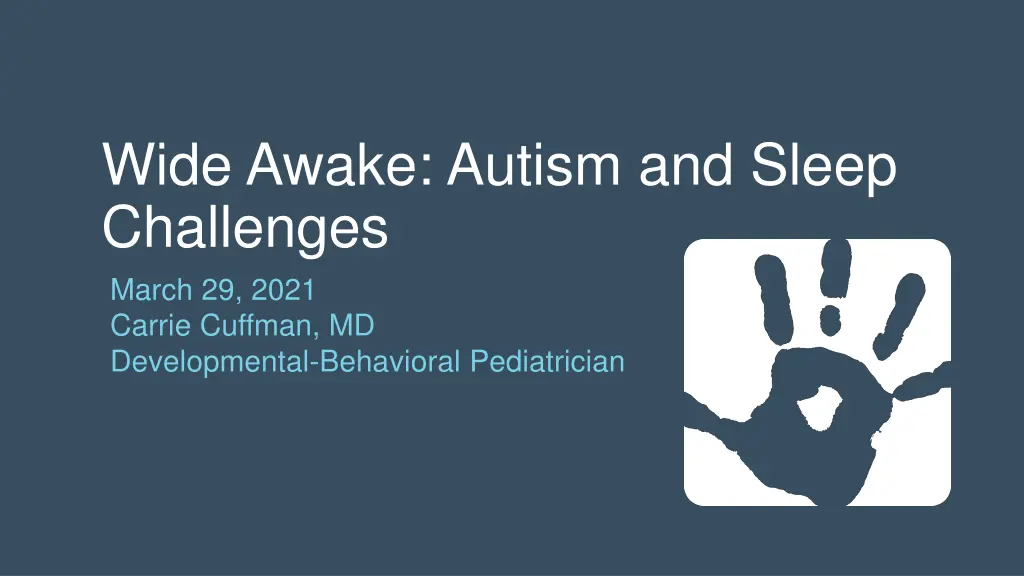
Understanding Sleep Challenges in Autism Spectrum Disorder
Explore the connection between Autism Spectrum Disorder (ASD) and sleep issues, including behavioral, medical, and biological causes. Learn how to identify, address, and manage sleep problems in children with ASD with the help of medical providers.
Download Presentation

Please find below an Image/Link to download the presentation.
The content on the website is provided AS IS for your information and personal use only. It may not be sold, licensed, or shared on other websites without obtaining consent from the author. If you encounter any issues during the download, it is possible that the publisher has removed the file from their server.
You are allowed to download the files provided on this website for personal or commercial use, subject to the condition that they are used lawfully. All files are the property of their respective owners.
The content on the website is provided AS IS for your information and personal use only. It may not be sold, licensed, or shared on other websites without obtaining consent from the author.
E N D
Presentation Transcript
Wide Awake: Autism and Sleep Challenges March 29, 2021 Carrie Cuffman, MD Developmental-Behavioral Pediatrician
Learning Objectives Identify why so many children with autism spectrum disorder (ASD) have problems with sleep Learn how to pinpoint and address possible causes of your child s sleep problems Determine when to get a medical provider involved and how they can help
The Connection Between ASD and Sleep
percentage of children with ASD with sleep troubles
Medical Behavioral Biological Sleep Trouble
Behavioral Causes Occur due to a habit that interferes with good sleep
Medical Causes Reflux Cough/asthma Sleep apnea Eczema Dental problems Restless leg syndrome Seizures Pain Anxiety Depression Medications Iron deficiency
Biological Causes: Hypotheses Brain wave organization & maturation Circadian-relevant genes Abnormalities in melatonin Arousal level and sensory hyper-reactivity
Being a Detective for your Child s Sleep Problems Behavioral
Analyzing Sleep Habits Consistency in timing Bedtime routine Sleep environment Daytime habits
Consistency in Timing Bedtime and wake time at the same time each day (including weekends!) Mealtimes at approximate same time each day Naps at same time and not too late
Bedtime Routine Tips Short, just a few activities 15-30min (shorter for younger children) Each activity should be easy and relaxing Avoid screens! Move toward the bedroom Same each night
Bedtime routine visual schedule From Autism Speaks Sleep Toolkit
Sleep environment Temperature Light Comfort of bedding and pajamas Noise Scents Objects in the room/bed Other people in the room/bed
Daytime Habits Physical activity Light in the morning/dark in the evening Caffeine Napping Use of the bed/bedroom Stress/anxiety
Common Sleep Problems Bedtime resistance & trouble falling asleep Overnight awakenings Early awakening Medical Behavioral Biological Sleep Trouble
Bedtime Resistance/Trouble Falling Asleep Behavioral Wrong bedtime No routine/routine not calming Daytime habits Sleep environment https://doctorlib.info/pregnancy/sleep/10.html
The Bedtime Pass Good for curtain calls for preschool or older children Behavioral From Autism Speaks Sleep Toolkit
Bedtime Resistance & Trouble Falling Asleep Anxiety, ADHD Medications (stimulants, SSRIs) Medical Biological Melatonin abnormalities
Using Melatonin Doses 1mg 5mg Take 30-60min before bed Helps set the sleep clock Best when used with behavioral strategies Helps with falling asleep more than staying asleep Biological
Teenagers and Bedtime Problems Same overall rules for sleep Clock shifts in puberty to later sleep onset time May need to delay bedtime by 30 min-1 hour Still need ~9 hours of sleep Consistency between weekdays and weekends is key! Biological Behavioral
Overnight awakenings Sleep onset associations Sleep environment Daytime habits Behavioral Parasomnias Nightmares/anxiety Sleep apnea, reflux, eczema, etc Medical
Dealing with Sleep Associations Teach your child to fall asleep on their own Checking in: say goodnight and leave and then come back and check in briefly Lengthen time between visits over time Not recommended for anxious children Behavioral
Dealing with Sleep Associations Fading parental presence: Sit in the room while child falls asleep Sit a little farther from the bed each night until you are in the hallway Done when child can fall asleep with parent out in the hall mostly out of sight Behavioral
Early Morning Awakenings Bedtime timing Daytime habits Behavioral Medical Depression/anxiety Normal sleeping pattern Biological
Early Morning Awakenings Give your child something to do on their own Visual cues to help him/her know when it is ok to leave bedroom Clock with red/green light Stop sign on the door Behavioral
Help! When to involve medical providers
Concern for Medical Cause of Sleep Disturbance Reflux Cough/asthma Sleep apnea Eczema Dental problems Restless leg syndrome/Periodic limb movement disorder
Concern for Medical Cause of Sleep Disturbance Seizures Parasomnias (sleep walking, talking, night terrors) Pain Anxiety Depression Medications
When Behavioral Interventions Arent Working Tried behavioral interventions for 1-2 months without success Medical prescribers can decide if medication indicated Sleep psychologists can help fine-tune behavioral strategies
References and Resources Solving Sleep Problems in Children with Autism Spectrum Disorders Terry Katz, Ph.D. & Beth Malow, M.D., M.S. Autism Speaks Toolkits: ATN/AIR-P Sleep Strategies for Children with Autism ATN/AIR-P Sleep Strategies for Teens with Autism ATN/AIR-P Melatonin and Sleep

